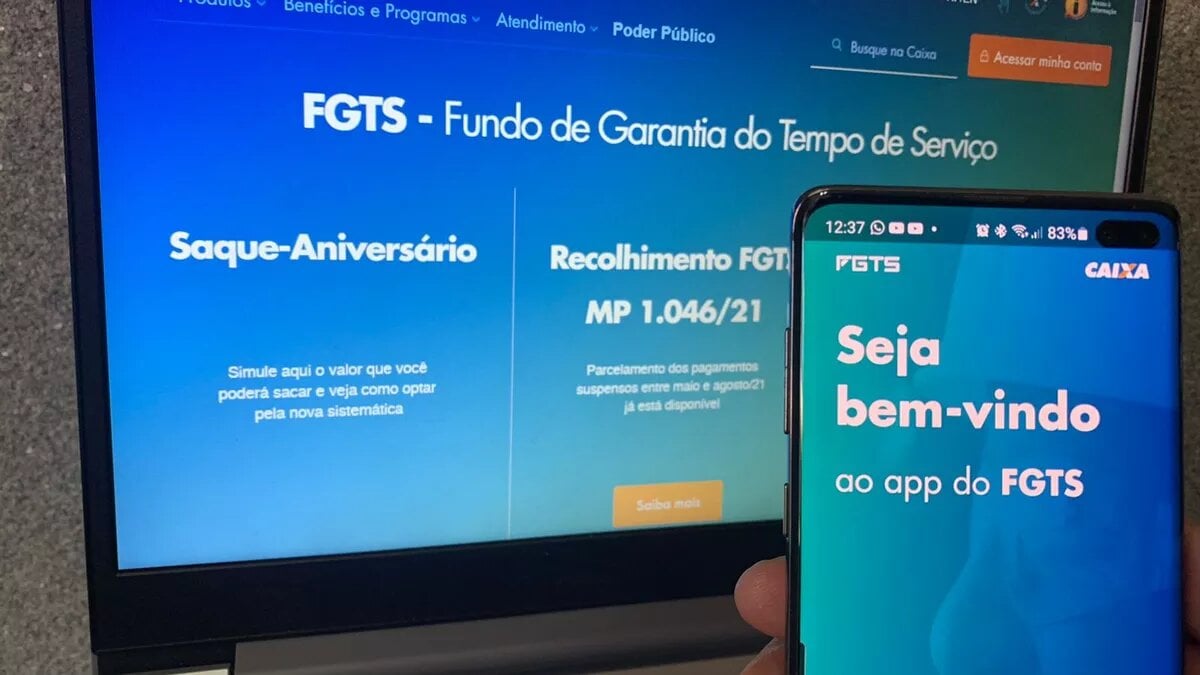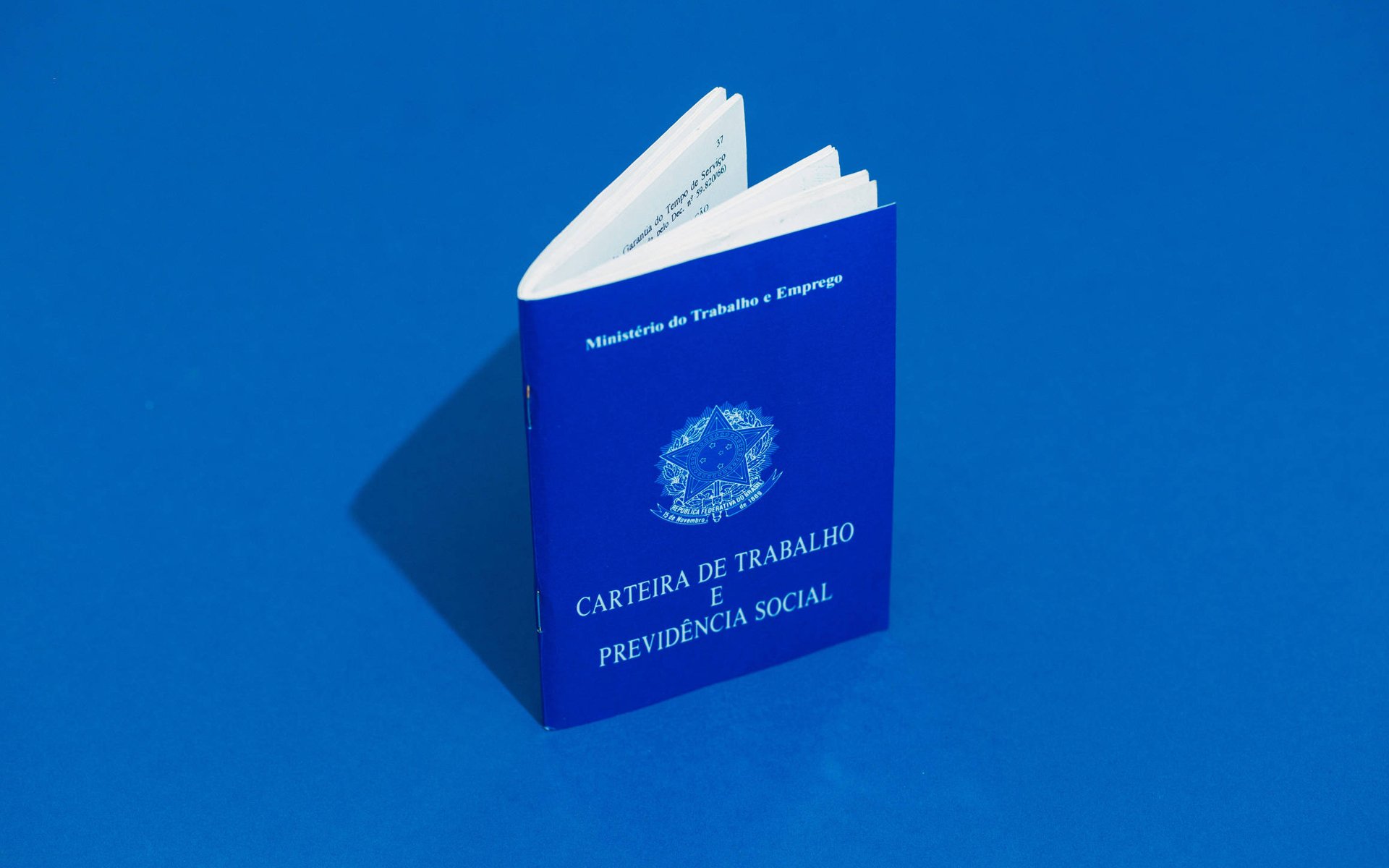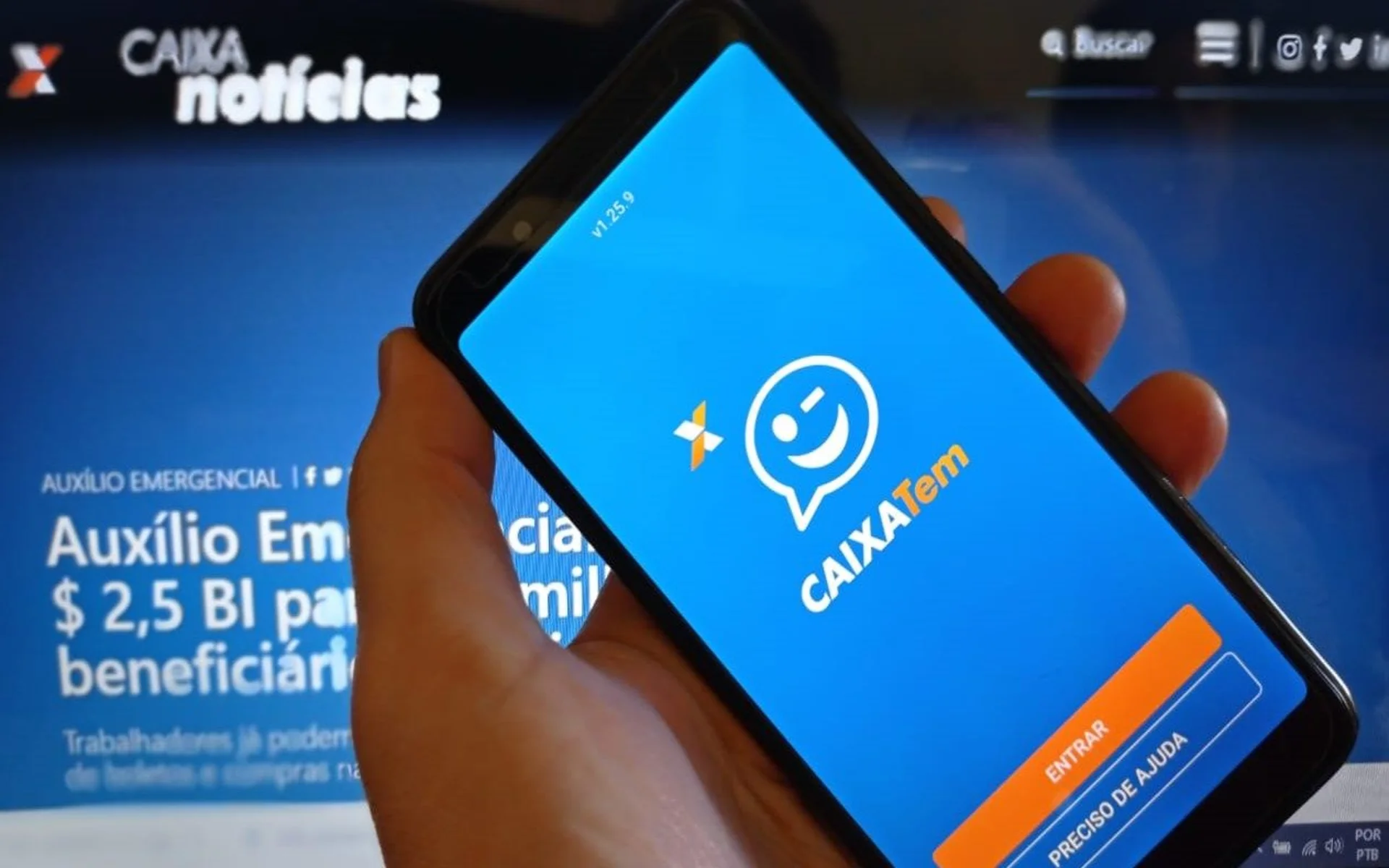Uncategorized
Central Bank Receivables System will return in 2023
The Central Bank's Amounts Receivable system shook Brazilians at the beginning of this 2021, when it was introduced with the promise of helping to return to citizens' accounts.
Advertisement
The Central Bank's Receivables system shook Brazilians at the beginning of 2022, when it was introduced with the promise of helping to return money to citizens' accounts that had been forgotten in accounts, banks, consortiums, and others.
R$ 2.36 billion was returned to 7.2 million for individuals and 300 thousand for legal entities during the process. In mid-April, the Central Bank took the system offline for improvement and other events, including a server strike, which ended up resulting in the postponement of the second stage.
However, now, just before the turn of the year, the Central Bank is beginning to release new information about the SVR, implying that the tool will return in 2023.
When will the Receivables tool return?
The Central Bank has not yet released a date for the start of the next phase of the Receivables system. But apparently this could happen in the first months of 2023. For those who don't remember, in 2022 the tool was launched on February 14th. It is possible that this will happen again.
For now, the Central Bank says that:
“With no set date for resuming the system, the monetary authority is working on improving the system, including new types of values and the module for consulting data on deceased people”.
New data incorporated
The news released by the Central Bank on Thursday, December 8th, informs that the system will begin to incorporate new data from institutions from the month of January. Financial institutions need to forward more information to the Central Bank, this time on the following topics:
- Prepaid and postpaid payment accounts closed with available funds;
- Registry accounts maintained by securities brokers and securities dealers for the purpose of recording client transactions closed with available funds;
- Records of customer operations closed with available resources;
- Other situations that lead to the reimbursement of amounts recognized by institutions.
- In other words, in the next stage, the system will include even more ways to recover forgotten resources.
This Central Bank requirement was promulgated by Normative Instruction BCB 336. However, institutes can only send this information in January.
Other news
The head of division in the Central Bank's Citizen Service Department, João Paulo Resende Borges, said that one of the improvements implemented is the introduction of a virtual queue for access to the SVR, which will replace the planned access logic (punctual and defined) of the first version of the system.
Another innovation is the dissemination of information about the values of deceased people. With the reopening of the Receivable Values System, the heirs, executors, administrators or legal representatives of the deceased, after accepting a liability agreement, can verify the existence of refundable values in the deceased's assets and know how to redeem them.
Available values
According to the Central Bank, the impact of the total amount that will be available to the population cannot yet be assessed because the calculation depends on the institutions sending new information.
However, currently the stock of return values registered in the SVR is R$ 4.6 billion, of which R$ 3.6 billion is for 32 million CPFs; and 1 billion reais for 2 million CNPJs.
The values are distributed in the ranges:
| Value ranges | Beneficiaries | % |
| Between R$ 0 and R$ 10.00 | 23.588.930 | 68% |
| Between R$ 10.01 and R$ 100 | 7.940.100 | 23% |
| Between R$ 100.01 and R$ 1,000 | 2.864.592 | 8% |
| Above R$ 1,000 | 476.493 | 1% |
| 34.870.115 |
Amount that has already been returned
Institutions have already paid R$ 2.36 billion to 7.2 million individuals and 300 thousand legal entities. Of this total, R$ 321 million were returned via Pix to 3.7 million beneficiaries who clicked directly on the system to request the resources. The remainder was reimbursed after the beneficiary contacted the institution in advance by phone, email, agency or other service channels.
“This is an important action by the Central Bank for society. This is people's money that has been forgotten in institutions most of the time. These, in turn, had the cost of liquidating those amounts and unsuccessful attempts to contact former customers to reimburse the funds“, concludes João Paulo.
The 2nd phase of the Amounts Receivable system
What is known so far about the second stage is that 10 new types of financial services will be included in the system. Since its introduction, the Receivable Values System (SVR) has been helping Brazilians find amounts that were forgotten in bank accounts and other financial institutions. See the new services:
- Undue charging of fees not provided for in the Terms of Commitment signed by the bank with the BC;
- Installments or commitments relating to credit operations not duly verified and not provided for in the Terms of Commitment signed by the bank with the BC;
- Closing prepaid and postpaid payment accounts with available funds;
- Registration accounts of securities brokerage companies and securities distributors for recording closed operations of clients with available resources;
- Company in extrajudicial liquidation FGC (Credit Guarantee Fund);
- FGCoop (Credit Cooperative Guarantee Fund).
The three new services to be launched in January are:
- Prepaid and postpaid payment accounts closed with available funds;
- Recording accounts maintained by securities brokers and securities dealers to record closed customer trades and available credit;
- Other situations leading to refunds recognized by institutions.
In the first stage, the tool had five different forgotten value data:
- Closing a current or savings account with available resources;
- Fees charged incorrectly, as long as they are provided for in the Terms of Commitment signed by the bank with the Central Bank;
- Installments or obligations relating to credit operations unduly charged, as long as they are provided for in a commitment signed by the bank with the Central Bank;
- Capital quotas and apportionment of net surpluses of credit union beneficiaries;
- Unsought resources from consortium groups that have been terminated.
1st Phase of Amounts Receivable
Those who did not make the inquiry or made the inquiry but did not request the redemption of the amounts at the first opportunity need not worry. When the tool is released, consultations will be available to everyone, and services from the first stage will be included in the second phase.
See more:
About the author / Tiago Menger
Trending Topics

WhatsApp: Learn how to recover deleted photos and videos
Deleting important files from WhatsApp is more common than it seems. Although recovery seems to be impossible, nothing on the internet is lost.
Keep Reading
FGTS: 2023 birthday withdrawal calendar released; Look
Unlike the emergency or extraordinary withdrawal modality, the FGTS birthday withdrawal is available throughout the year to employees who have a balance in active or inactive Guarantee Fund accounts.
Keep Reading
Bolsa Família 2023: When will the additional amount of R$ 150 be paid?
The extra R$ 150, for children up to 6 years old, who belong to Bolsa Família families, should be delayed until implementation.
Keep ReadingYou may also like

PIS/PASEP 2023: Calendar starts in February; Who will receive it?
In December 2022, the Deliberative Council of the Worker Support Fund approved the PIS/PASEP calendar for 2023.
Keep Reading
Find out how to anticipate your 13th salary through Caixa
Caixa Econômica Federal, like other financial institutions, allows its account holders to predict their 13th salary.
Keep Reading